Background Intro
In this blog, we will discuss factors that cause human hair wigs shedding as well as tips and tricks to minimize the hair fall. We know that huaman hair wigs made from human hair. Shedding is normal and should be expected. Since many lace wigs are hand-tied, the hair at the base is extremely fragile. At the same time, wig shedding is one of main concerns of clients and wig wearers.
Why Your Human Hair Wig is Shedding?

Wearing tight hair for a long time:Prolonged pulling can cause hair strands to become weak and fall out.
Washing ways: The use of inappropriate hair washing methods can also lead to wig loss, such as not combing wig products before washing, inappropriate water temperatures, and the use of unsafe hair products.
Related: How to shower with a wig on in the right way?
Factors such as heavy pulling and friction:When there is a habit of pulling hair will greatly increase the chance of wig falling, while the friction with pillows and other objects will also make the wig force pull.
Heat styling can damage human hair wigs: Factors such as where you live can play a role, but other factors such as blowing your hair out the wrong way, over-blowing your hair, or not protecting your hair well before heating it can lead to over-drying or brittle hair.
Understand the reasons of Hair Shedding
#Tight Hairstyles That Pull Hair

Tight Hairstyles That Pull Hair If you're noticing an increase in shedding from your wig, consider what styling habits you've been incorporating. Are you pulling your hair back into tight, high ponytails?
Related: 15 Popular Hairstyles in Winter in 2023
#About Your Wig Knots
The most vulnerable area on a wig is the lace frontal or closure. Those hairs are the most prone to shedding. So, to reduce your risk of experience shedding from the lace, we recommend that you seal the knots.
Apply a knot sealer on the wig to seal the knots and keep them tied firmly. The sealer comes in a small spray bottle that you apply on the wig when the unit is flipped inside out. Spray it on the lace or mesh allowing.
#Hair friction and external forces
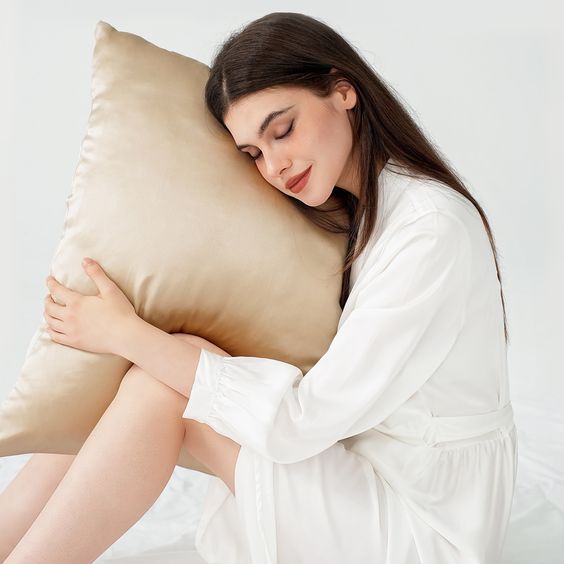
Friction with objects such as pillows can cause hair to break, which can greatly shorten the life of your hair. This is why some people wake up in the morning and see many strands of hair on their pillows.
This hair loss is caused by friction. Therefore, choosing a silky pillowcase can greatly reduce friction.
Related: Silky&Soft: 20 Hacks for Restoring Human Hair Wig's Glossy Texture
How Can We Do To Fix It?
#Stop scratching your head
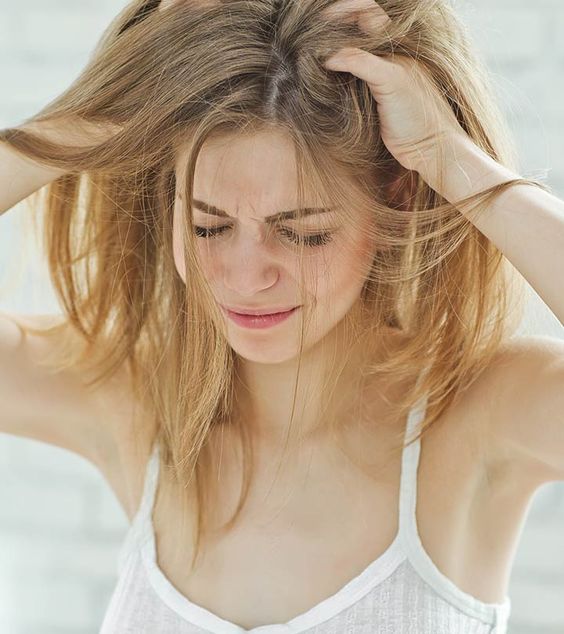
Reasons for rough handling : Wigs fall off easily during rough handling. Simply put, the harder you tug on the hair of the wig, the more it falls out. Instead, gently pat or slap your head with your hand. "Pat on the head" should relieve the itching a little. If the itching persists, it is likely that the scalp is dry or needs treatment. You can wash your natural hair with an anti-itch shampoo and solve the problem of dry scalp with the following methods.
Similarly, before braiding, gently comb your hair and wrap it in a hair towel. Use satin or silk scarves, as they do not create friction with the hair and do not cause tangles or hair strands to break and fall out.
#Use wig products selectively
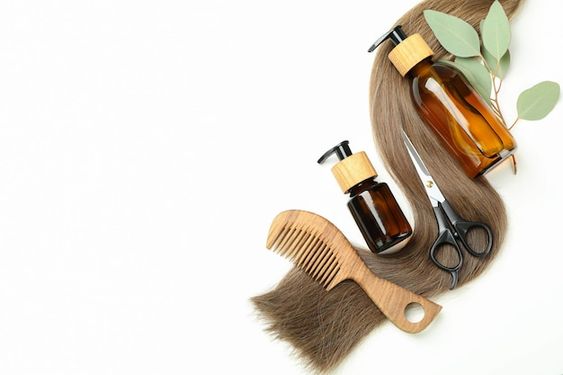
Contrary to popular belief, using too much product on a wig can actually damage it. Don't use too much product on the lace wig. If harsh products are used on wigs, the hair will begin to lose moisture and shine, which will affect the texture of the hair.
Related: Fall-Ready Wig Care: How to Keep Your Wig Vibrant and Stunning
Master the Technique of Treating Wigs Properly
#Brush your hair differently
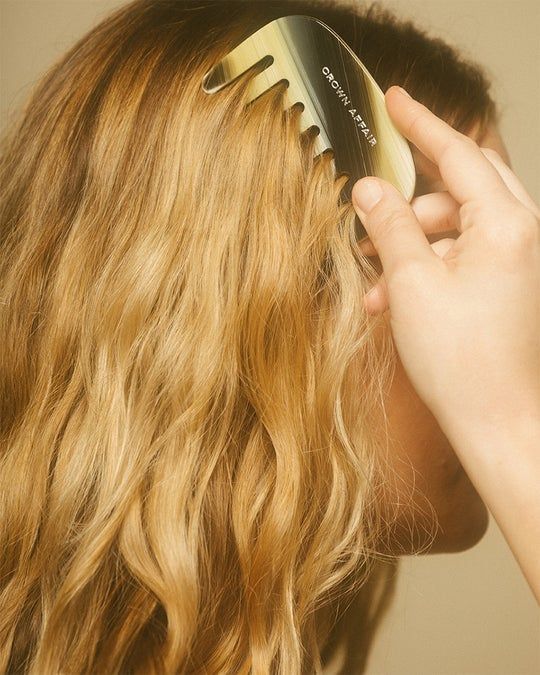
In our daily life. Wigs should be combed daily to avoid knots and tangles. This is very important because once the wig is knotted, especially at the back of the neck, it will increase the difficulty of combing and cause the wig to fall off.
In the case of tangles, many people like to pull their hair when brushing, which can aggravate hair loss problems. First remove the hair with a wide tooth comb, and then comb the hair neatly. Gently brush your hair from root to tip, and be sure to brush your hair after it has dried.
Related: Postpartum Hair Loss Survival Guide: Regain Your Luscious Mane
#Use less oily products
To prevent the wig from knotting and eventually falling off, make sure the wig is kept clean. We recommend washing your wig every 15-20 wears on average. However, it depends on how often you wear your wig and the products you use.
Any time the wig feels sticky or dirty and seems to be getting harder to remove, it may need to be cleaned. Try not to scratch; Scratching the scalp across the lace loosens the knot and causes the wig to fall out. Therefore, whenever your scalp itches, don't scratch, but pat your head gently.
#Wash and dry your hair properly
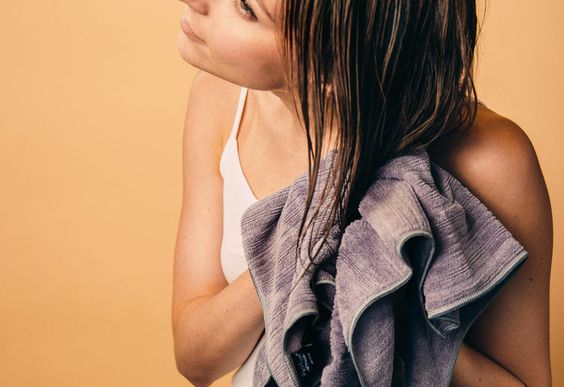
Wash and dry your hair properly Wash your hair in warm water with shampoo and conditioner. When you blow dry your hair, avoid rubbing the roots and instead gently press each section with a towel, which will weaken the strength of the knot and cause the wig to fall out.
In particular, it should be noted that before cleaning the wig, be sure to comb the hair knot carefully, otherwise the cleaning process may make the hair knot more serious, which is not what anyone wants to see. Here is the best way to cut a wig: Comb it in small sections with a wide-toothed comb, making sure to comb it from the ends to the roots. In addition to regular grooming, if the wig is not needed, try not to comb it with a brush or comb. Otherwise, it is possible to cause and exacerbate shedding.
After washing the wig, the best way to dry it is to air dry it. If you are going to use a hair dryer, make sure to use a cold air setting.
Related: Should We Sleep with Wet Hair in Winter?
#Keep Your Wig moist
Use deep conditioning products to keep wigs moist; Dry wigs are more likely to fall off than wet wigs, so it's important to keep them moist.Fully moisturized hair will reduce tangles and frizz. Wigs can't get natural moisture from the scalp, so sometimes you have to replenish the oil needed for the wig. Light oils such as argan oil, coconut oil or Moroccan essential oil can be used when caring for wigs.
#Minimize Heat Styling
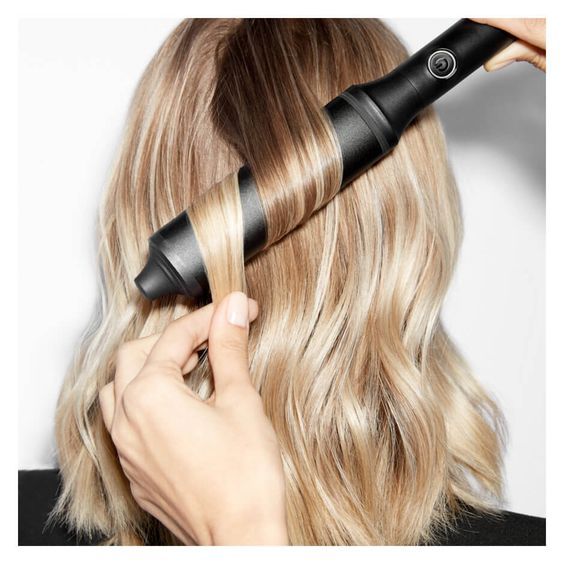
To minimize shedding, do not apply heat directly to the lace, and try to interval the heating molding time. Whenever you heat style your hair, keep the temperature as low as possible. The most vulnerable part of a wig is the lace front or seal. These hairs are the most likely to fall out.
Before using the heat styling tool, it is crucial to use a low heat setting and apply a heat protectant. This is an easy and quick step to add to your styling routine, keeping your wig in pristine condition and helping to extend its useful life.
Related: What Treatments Work for Wommen With Thinning Hair?
#Protect Your Wig At Night
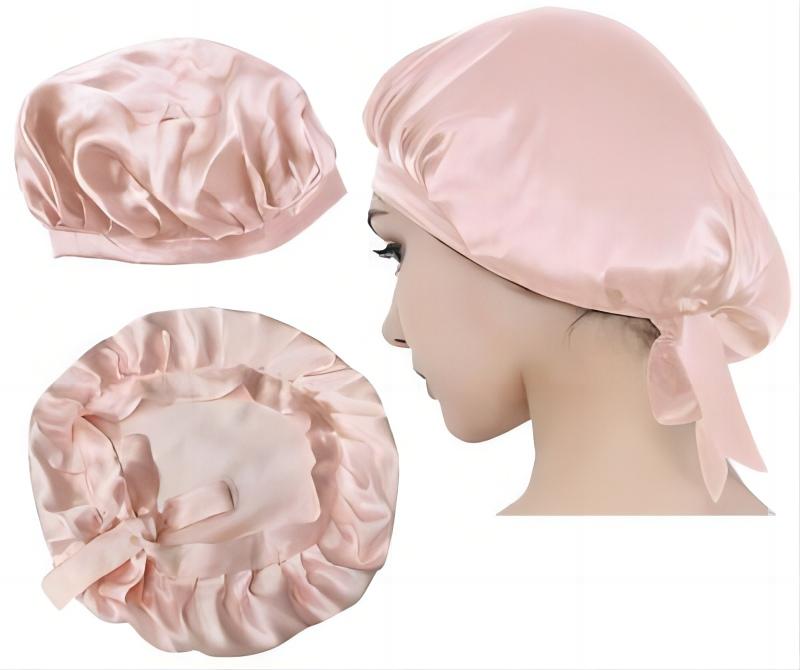
With hair oil every single day to reduce hair shedding.
Protective wigs at night can greatly reduce shedding. When you wear your wig to bed without protection, the hair rubs up against your pillow and covers, leading to tension and friction which results in excessive shedding.
The best way to do this is to detangle your wig and put it on a model's head every night. But if you don't want to detangle your wig every day, you can prevent it from falling off by taking the following steps: If the wig is long, braid it. Be gentle and only braid one or two. Be careful not to make it too tight, the braid should be loose. Use a "painless" headband at the end of your hair to prevent the hair moves. Wear a silk scarf or hat, such as sleeping cap. Doing so minimizes the amount of movement your hair will have throughout the night.
Related: How Can We do to Protect Hair While Sleeping?
Why you should wear a sleep cap and how to pick the right one?
#Protect the Hair Piece from UV light
Some people may wonder how UV rays cause hair loss. It damages the hair by a process called oxidation. Oxidation occurs when ultraviolet light comes into contact with oxygen molecules on the hair system, slowly changing the color of the hair while making it more fragile. In the summer, the ultraviolet rays in the sun are the most intense, and the oxidation will undoubtedly be more obvious. Therefore, when you have to expose the hair to ultraviolet light for a long time,Please do some protective measures for it.
Consider a better way to bleach the knot
Bleaching hair knots is done using a chemical process that applies hair products to the knots to enhance the hair color anywhere from 2 to 6 shades. We all love how bleached knots make wigs and hair systems look more realistic. Unfortunately, the chemical process of bleaching knots damages the hair strands, the lace part of the wig is particularly fragile, and the loose hair that is hand-tied to the lace base makes the hair strands fragile and prone to breakage. There are two types of bleached hair knots: deep bleaching and light bleaching.
We suggest you get light knots. Although fully knots bleach can make the wig looks very natural, but deep bleaching will weaken the knots and the hair will shed faster.
#Properly Caring for Your Wig
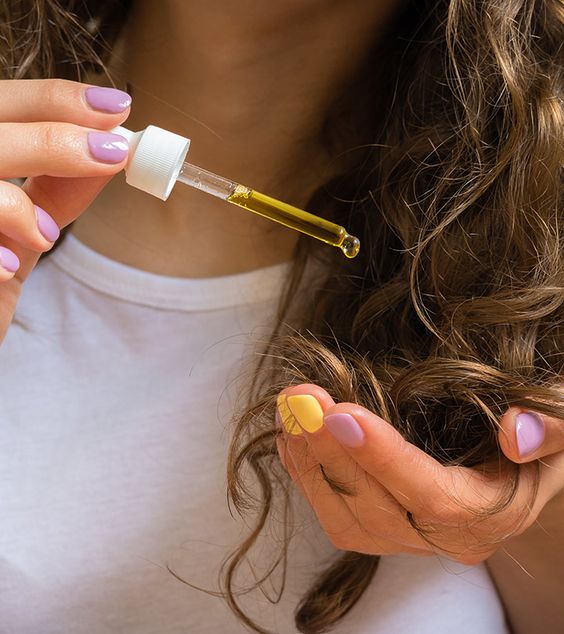
Wash and Dry the Hair System Properly Use both shampoo and conditioner to wash the hair systems, and the water should be warm. Avoid rubbing when drying the base.
Wether it's from a shower or a swim — can cause swelling on the base, especially if it's a skin base. his, in turn, makes the grip power of the hair looser and ultimately leads to shedding. Avoid touching your hair immediately after it gets wet and wait for it to be completely dry.
Related: Eco-Chic: Transform Your Haircare Routine with Sustainable Choices
#Storage Technique incorrcetly
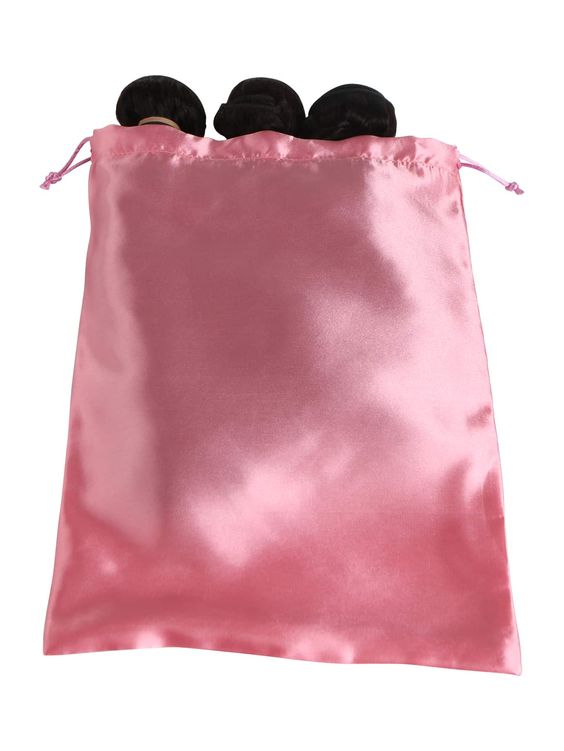
Storage Technique Incorrectly storing your wigs can also lead to tangling and shedding. Instead of throwing your wig into a drawer or on top of a mannequin head after wear, try storing them in wig hangers or wig bags . Satin lined bags are especially useful as they're more gentle on the hair and prevent snags, tangles and shedding.
Final Thoughts
However, the tips above can help you prevent excessive shedding to keep your wigs looking their best for as long as possible. Also keep in mind that even if you take the best care of your wigs, if they're of lower quality, they're more likely to shed than higher-quality wigs. When buying human hair wigs, look for wigs that use virgin hair with the cuticles aligned . Buying good quality wigs and taking good care of them will allow you to get your best out of them for years. If you're struggling with wig problems, try these measures. If you want to learn more about hair, visit https://www.wigshe.com/blog, which will give you a lot of practical knowledge. We warmly welcome you!
